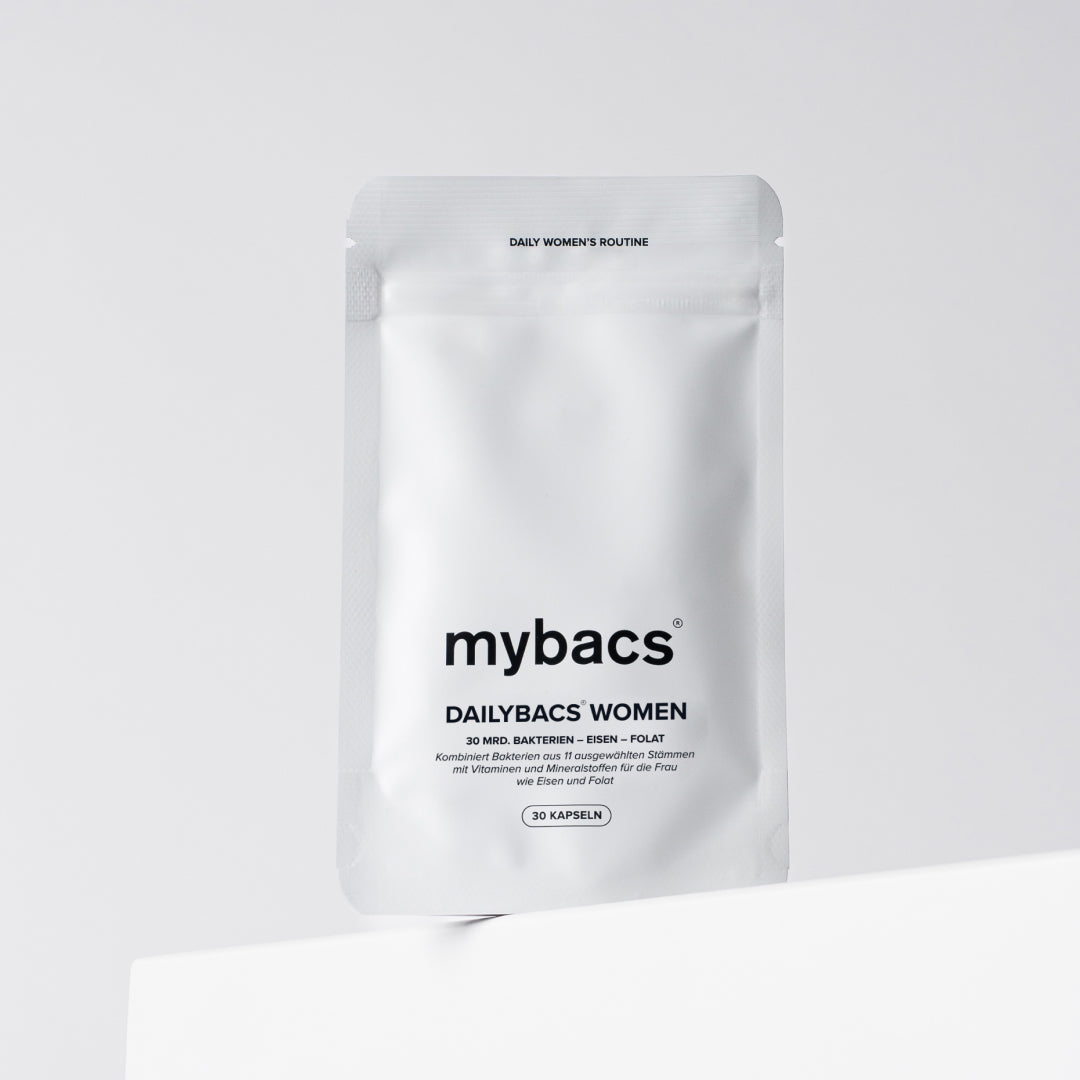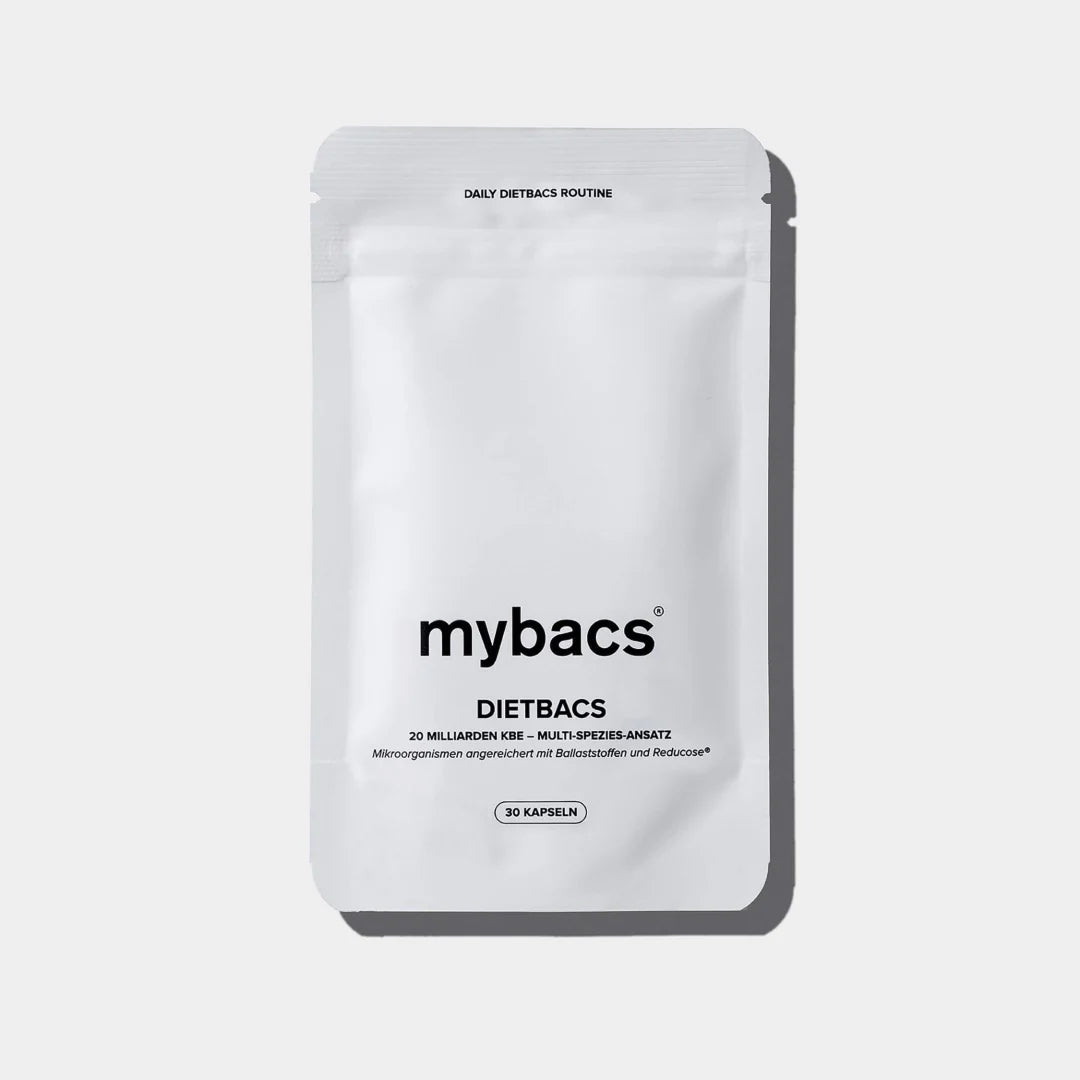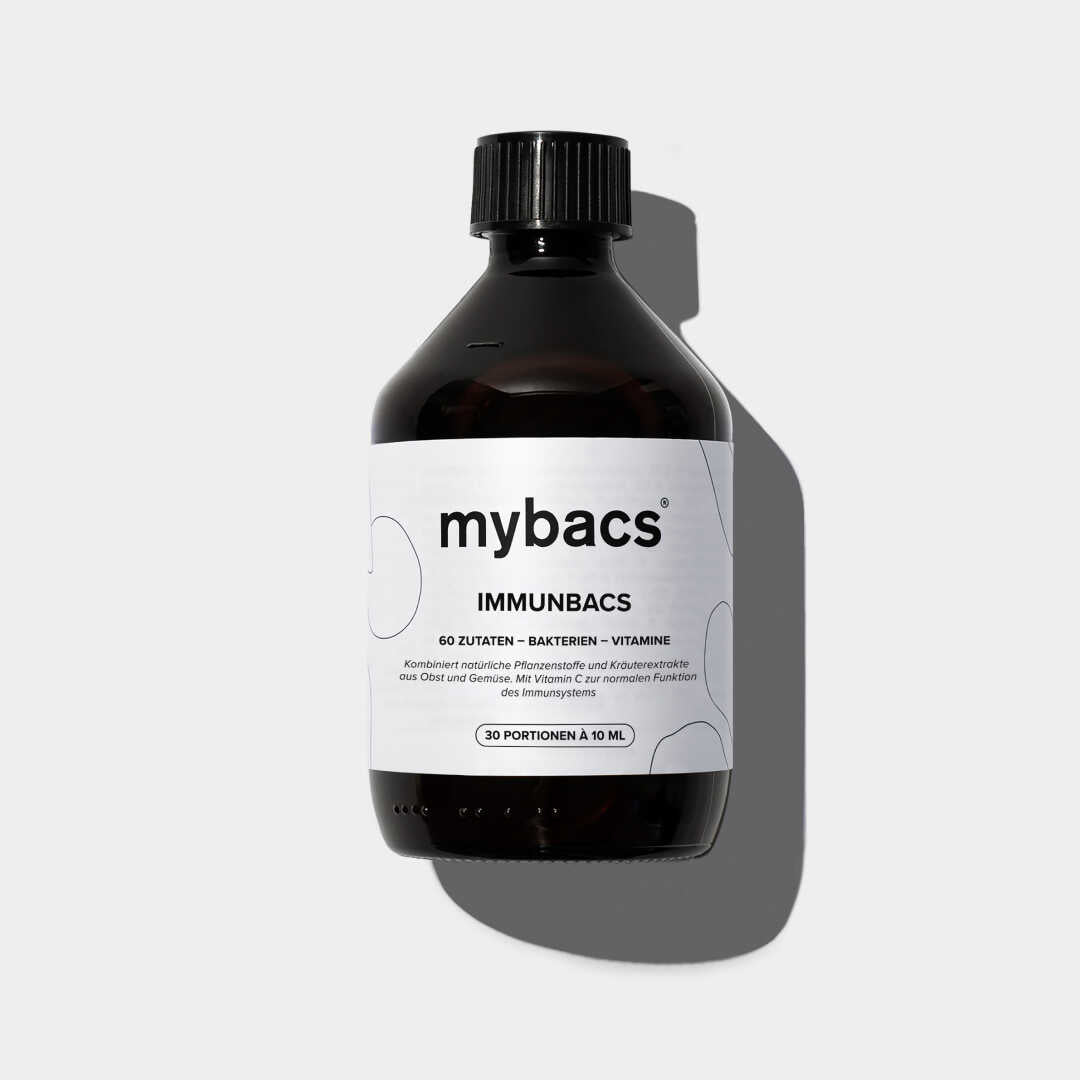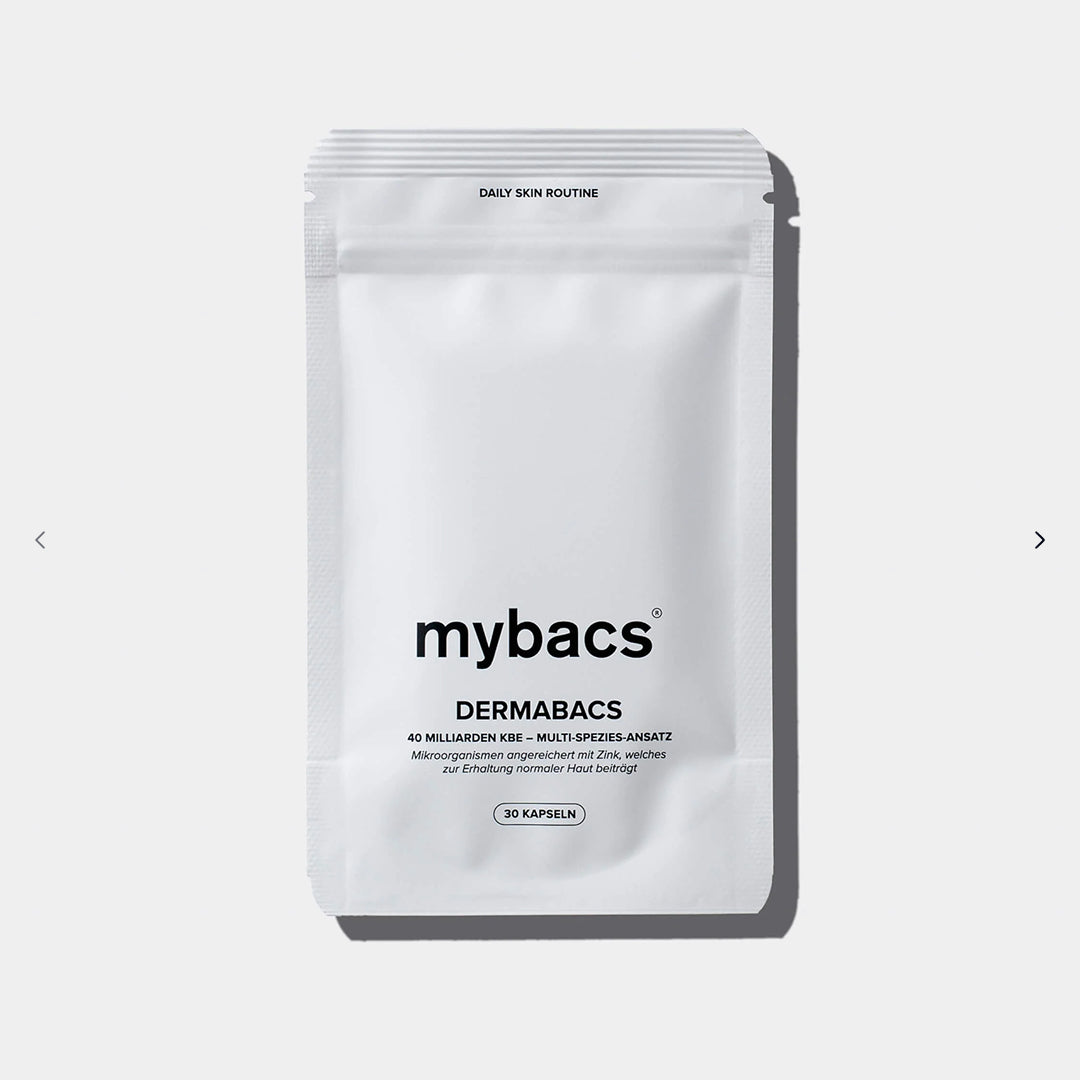We sit too much - every day. Whether in the office or at home, on the sofa or on the train - these days we spend an unhealthy amount of time on our feet. And that can have a negative effect on the entire body. This makes it all the more important that we regularly stretch and loosen our backs, but also our pelvis and legs.
Yoga teacher Julia from Going Om has selected four positions for us, or rather for you, with which you can relax your body after a stressful day and do something good for yourself. Visit her website Going Om and sign up for her diverse online courses to be able to relax even better after or before work.
Position 1: Leg Extension - Supta Padangusthasana

Execution:
Lie on your back. Pull one leg toward your chest with your knee bent. Then stretch your leg up toward the sky.
First, grab the back of your thigh with both hands. If possible, grab your big toe or the ball of your foot with your index finger, middle finger and thumb. Make sure that your pelvis stays on the ground and that both waists are the same length.
Stretch out the leg that is on the floor and relax your shoulders and arms and enjoy the stretch. As soon as you feel like it, you can repeat the exercise with the other leg.
Variations:
If you are not ready yet or still need to work on your flexibility, you can use a belt to help you with this position. Simply stretch the belt around your foot and hold both ends in one hand. It is best to stretch the belt so that you feel a pleasant stretch. If you do not have any aids to hand, you can leave your leg bent here and simply grasp the back of your thigh with both hands.
If you want to intensify the exercise a little, you can also try extending the leg you are holding to the side. (The legs can be straight or bent). To do this, place your hand on one side of your hip to ground and stabilize it - the hip should not come off the ground during the exercise.
Hold your foot above you by the ball or toes, then open your leg to one side - but only so far that the opposite hip does not come off the floor and remains connected to the earth.
Positive effect:
-
Stretches the glutes and back leg muscles
-
Strengthens the abdominal muscles and lower back, as well as the hip flexors
-
Promotes pelvic mobility
-
Stimulates digestion
-
In a figurative sense, this attitude promotes personal development
Position 2: Lying Twist - Jathara Parivartanasana

Execution:
Lie on your back and pull your knees towards you. Rock your lower back from side to side for a moment. Then let your knees sink to the side until you can place them on the floor. The intensity of the stretch changes depending on how far you bring your knees up or down.
Then spread your arms out to the sides at shoulder height and let your palms face upwards. Your shoulders merge with the earth. Lay your head down in a way that feels good for your cervical spine - ideally gently in the opposite direction to your knees.
To release from the position, first bring your head and then your legs back to the center, gently push your lumbar spine into the floor and then switch sides.
Variations:
You can place a blanket or pillow under your shoulder in case it comes off the floor during the stretch. Now wrap your legs over each other. Stretch the upper or lower leg. You can also let both legs come straight down to the floor. You can also place a blanket or pillow under your knees here. You can turn your head either in the opposite direction or in the same direction as your legs.
Positive effect:
-
Has a balancing effect on the entire nervous system
-
Massages and stimulates the abdominal organs
-
Promotes digestion and helps with gastritis
-
Has a rejuvenating effect and a strong detoxification function
-
Opens the shoulder area
-
Releases tension in the spine and back
-
Relieves sciatica
-
Acts on the meridians of the bladder and gallbladder (if you stretch your arms diagonally upwards you also activate the meridians of the lungs, heart and intestines)
Position 3: Squat - Malasana

Execution:
Squat down and open your legs wide enough so that your upper body fits between them.
If your feet aren't completely on the ground, you can place a blanket or block under each heel. Otherwise, you can just sit on a yoga block. Make sure your knees and toes are pointing in the same direction.
Bring your hands in Anjali Mudra - in prayer - to your heart and push your knees/thighs apart with light pressure from your elbows. At the same time, press your thighs against your elbows. Imagine that you are a marionette that is being gently pulled upwards at the top of your head - this should straighten your spine.
To release the pose, bring your hands to the ground in front of you and slowly straighten your legs. Then gently bend your knees and raise your upper body, vertebra by vertebra. This position ends in a standing position.
Variations:
Place your hands on the back of your head and gently let your chin sink to your chest. Bring your feet together, spread your knees wide apart and lean forward. Then either clasp your hands behind your back or grab your ankles and hold on to them.
Positive effect:
-
Opens the hips and knees
-
Relieves the lower back
-
Relaxes the lumbar spine
-
Strengthens the ankles
-
Can relieve menstrual cramps
-
Acts on the meridians of the liver, kidneys and bladder
Position 4: Shoelaces - Gomukhasana
Execution:
You start this position in a quadruped position. Bring your right knee to your right wrist and pass your right foot past the outside of your left knee so that your knees are on top of each other.
Then open your feet to the side and sit back between the heels. Make sure that you do not sit on your feet and that both sit bones are on the floor. If this position is too strenuous or stretchy, you can also sit on a cushion or block to raise your pelvis.
Your pelvis is aligned straight and your hips are parallel, so you avoid pressure in your knees. As you breathe in, first find length - stretch your arms and then bend forward with a rounded back. Then either place your hands next to your body or use them to stabilize your head.
Variations:
Sit on a pillow or block to help you tilt your hips forward.
You can also stretch out your lower leg in this position - this is useful if you have knee pain or if your hips are not yet able to open. You can also keep your upper body upright.
Positive effect:
-
Intensive hip opening
-
Relieves the lower back
-
Stretches the lumbar spine
-
Calms the mind
-
Works against fears
-
Acts on the meridians of the liver, kidney, gallbladder and bladder





